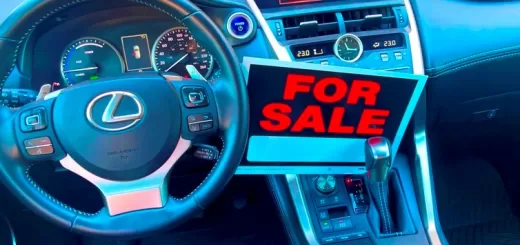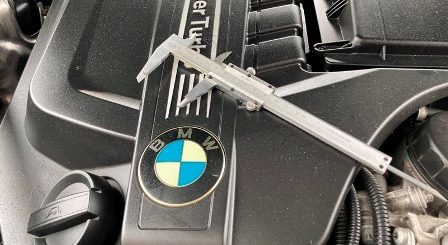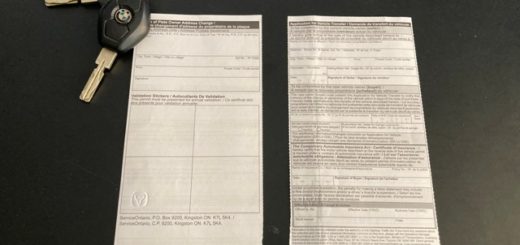FWD vs RWD vs AWD
Used Cars: FWD vs RWD vs AWD: There are three main drive-train systems. FWD is used generally for cars. RWD is used for performance/sport cars and heavy trucks. AWD is applied mostly on sport utility and off road vehicles.
RWD Rear Wheel Drive
RWD is oldest drive-train used on internal combustion cars. Rear Wheel Drive has been in use since 1890s and has rear wheels active. Engine power is sent to rear wheels using a middle positioned transmission and a rear differential. In terms of pushing and pulling, RWD is a push drive-train, it pushes a car forward using rear wheels.
Weight Distribution
Advantage of RWD drive-train is weight distribution. Configuration of RWD is: Engine forward, middle position for transmission and differential on rear axle. A driveshaft is used to transfer power from transmission to differential.
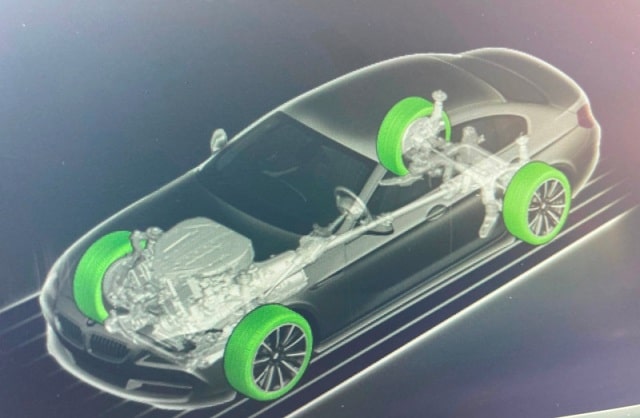
Frontal engine weight is compensated by weight of transmission/driveshaft and differential, creating weight distribution balance. Equal weight distribution between front and rear axles translates in higher stability.
Handling and Traction
Vast majority of sports cars are RWD for this very reason. RWD is a drive-train with great balance between weight and handling. All wheels have equal traction on the ground, braking capabilities are also higher on 50/50 weight distribution.
Biggest disadvantage of cars with RWD drivetrain compared to FWD and AWD is bad weather and snow traction. RWD systems have lower weight on their powered axle/wheels than FWD or AWD. Traction on snow or wet conditions will suffer.
RWD Maintenance and service
Weight on RWD cars is distributed almost equally between front and rear axle. Good weight distribution puts lower strain on suspension components and tires. Tires will wear more uniformly as weight on one tire is similar or equal to other ones.
Equal distribution of mechanical parts throughout the chassis makes service and maintenance easier than FWD and AWD systems.
Fuel economy
Due to separate location of engine, transmission and driveshaft, RWD systems are usually heavier than FWD. Fuel economy of RWD vehicles is lower than FWD but higher than AWD.
FWD Front Wheel Drive
FWD has been in use since early days of car development. Earlier cars with Fwd systems drive were built in 1930s. Although FWD drive-train was available it was not used by car manufacturers until 1970s and 1980s. Early volume production cars started rolling out of factories with FWD drive-trains in 1980s.
Weight Distribution
FWD system is front wheel active drivetrain (a pull system). Vehicle is pulled forward using front wheels. There are advantages and disadvantages with front wheel drive. Biggest disadvantage of a FWD is weight distribution. On FWD vehicles, engine, transmission and differential are located in front of the car. Rear axle on FWD drive-train has substantially lower weight compared to front axle.
Handling and Traction
FWD vehicles are front heavy. Weight of engine and transmission located up front causes handling issues and under steering. Towing capacity for cars with FWD is also lower than RWD or AWD systems. Traction on Fwd cars is very good. Weight of engine and transmission on front axle generates excellent traction, especially on snow. Traction is higher that RWD but lower than AWD.
Maintenance and Service
Another problem for FWD is uneven tire and suspension wear between front and rear axles. Front wheels and front suspension handles majority of vehicle weight causing front tires and suspension to wear prematurely with a FWD drive-train.
Fuel Efficiency
FWD vehicles are generally lighter. FWD offers better fuel efficiency that all other systems. It also has higher interior space compared to RWD or AWD. Lack of a driveshaft to rear wheels, eliminates need for protruding bulges on vehicle floor, common with RWD and AWD vehicles.
Used Cars: FWD vs RWD vs AWD
AWD All Wheel Drive
AWD has been around for a long time. Audi was first to introduce AWD systems to luxury cars. AWD (and 4×4) is a pull-push drivetrain where all four wheels are active.
Engine power is split between four wheels simultaneously. Depending on system, AWD drive-trains can have all wheels active all the time, or all wheel drive is engaged only when loss of traction is experienced.
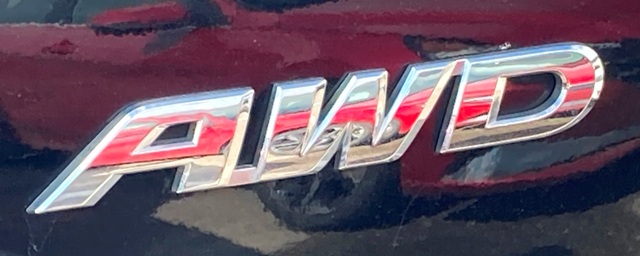
Weight Distribution
Weight distribution on AWD vehicles is good. Rear differential and driveshaft help balance weight between front and rear axles. Generally, all AWD drivetrains have a adequate weight distribution and handling.
Handling and Traction
AWD handling is excellent. All wheels active system helps maximize vehicle response on harsh weather conditions and on high speed drive. AWD drivetrain has the best off-road capabilities on all surfaces and weather conditions. Acceleration is also better on AWD drive-trains as all wheels engage simultaneously.
Maintenance and service
Cars with AWD drivetrains are more complicated than RWD or FWD. This is normal as power is sent to all wheels and drive-train is more complex. Cars with AWD drive-train will generally require more maintenance and service than FWD or RWD.
Due to complicity of AWD system, repairs are more extensive and labor involved. Maintenance costs are also higher due to a larger number of components and moving parts on AWD drivetrains.
Fuel efficiency
AWD drive-trains have lower fuel efficiency that FWD or RWD. AWD systems are heavier and complex. Higher weight and extra energy required to power all wheels hurts fuel efficiency.
Conclusion
So, which one is best. Well, it depends on your needs. If you live in a place where snow is a common occurrence (Ontario and Canada) then nothing can beat AWD system for daily driving.
If you like to have fun on high speed tracks or your are a spirited driver then nothing can beat a RWD system. Balanced weight distribution delivers a stable handling and cornering.
At last, for your day to day chores, driving from and to work or children at soccer practice Fwd is your friend. FWD has handling on snow and ice than RWD. It is also much cheaper to operate and maintain than AWD. All while delivering unmatched fuel efficiency and reliability.
(If you are also looking for a fast and easy solution to sell your car, more here on “How To Sell Your Car Fast In Ontario” )
Comments: If you have any questions or suggestions related to this post or Used Car Toronto in general, don’t hesitate to use comment section below.






